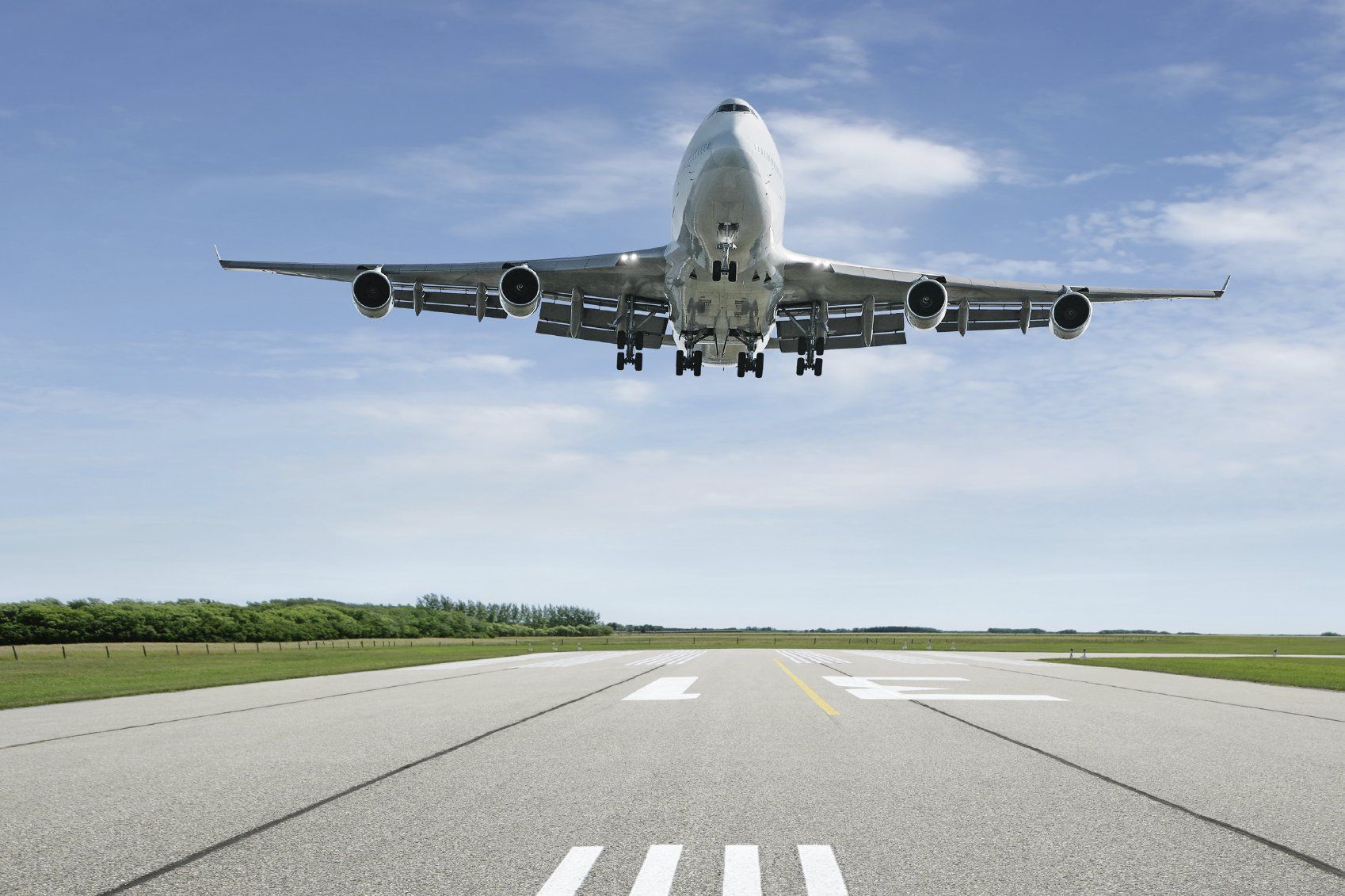What's the Best Luggage for my Holiday?
Great luggage can make all the difference to your holiday at home and abroad. How often have you wished for that suitcase to be lighter, the wheels to glide across those cobbles and that everyday touring bag to be light, compact and easily organised?

Shell or Fabric?
Because of their fabric exterior, soft-sided suitcases are easy to store and manoeuvre. They also tend to be more lightweight than hard-sided luggage. Plus, many of them also have exterior pockets, handy for items you need to access easily whilst checking in for your flight or cruise. The other advantage of soft suitcases is they often expand if you need them to, with extra space available at the pull of a zip, perfect when you’ve bought more than you thought on your trip!
On the other hand, hard-shell luggage boasts a sturdy exterior, which is generally made with plastic, aluminium or superstring fibreglass and polymer. There are some expandable options, created by a zipper pocket built into the case. Since hard-shell suitcases are, what they say on the tin, they may offer more protection if you’ve packed fragile items. They’re also easier to clean if the lid on that tube of toothpaste wasn’t on properly or you have a spillage.
Wheels or No Wheels?
A no brainer really, regardless if it’s a carry on piece of luggage or one to put in the hold, wheels make life so much easier and save your back. There are different types of wheel though, fully rotatable, or ‘spinner’ wheels which means the wheels rotate 360°, great as you’re dodging other passengers and negotiating tight spaces around the airport, on the streets and accessing public transport.
Fixed wheels will literally just go backwards and forwards, no dancing with these bags! But, if you’re simply going to drop it off, pick up at luggage collection and then get into a taxi, then this type of wheel may be perfectly acceptable in this case (pun intended)!
Keep it locked!
You’re all packed and ready to go but are your case and its contents safe? No point in spending all that money on a case and filling it with nice new holiday clothes and possibly gifts for friends and relatives if they’re not going to make the journey in one piece or, at all! Fortunately, many cases have built in locks these days, usually 3 digit combination locks but if you’re buying ones separately, there’s little you can’t get in the way of locks for your cases now. Combination locks, keycard locks, TSA approved locks, I’m not going to bore you with loads of information about this but there are some things you might find useful to know that can make a big difference to how you protect your case and your belongings.
TSA (Transport Security Administration) approved locks
So what is a TSA lock? TSA came about in the wake of the 9/11 attacks when extra security measures were put in place. I’m going to talk about these first because as long as your lock is TSA approved, there’s a good chance your case will be undamaged if extra security checks are required before your case goes into the hold.
Although an American initiative, many countries are now recommending the use of TSA approved locks; these are locks that can be opened by security staff using a master key. Although your case is scanned before it goes into the hold, if security staff are determined to physically check that strange looking item in your luggage, they will, even if it means breaking into your case, cutting the fabric or zip and destroying the lock. Some TSA locks are built in to cases, others can be bought separately. The way to check if a lock is TSA approved is to check for a red diamond logo on the lock itself and the packaging will clearly state it is TSA approved. Some TSA locks will come with an indicator to let you know if security had to open your bag. The indicator will be red after inspection or remain green if your bag wasn’t opened. The indicator can easily be reset using a pointed object like a pen or paperclip.
Combination & Keycard locks
These may or may not be TSA approved and are generally a good choice simply because you don’t have a key to lose but don’t forget the combination! Keeping it simple, perhaps using the last few digits of your phone number is a pretty safe bet. Just like a hotel room keycard, you can also get them for case locks. With no code to remember or small key to lose, these locks just have a credit card size key which fits into your wallet.
Keep track of your luggage
Apple's AirTag is a great way to keep track of your bags. Pop one in your suitcase or backpack a few seconds later, you're all set. There are also similar products available for Android phones, such as 'Tile mate'.
Have a great holiday and that you and your luggage, have a safe journey!








